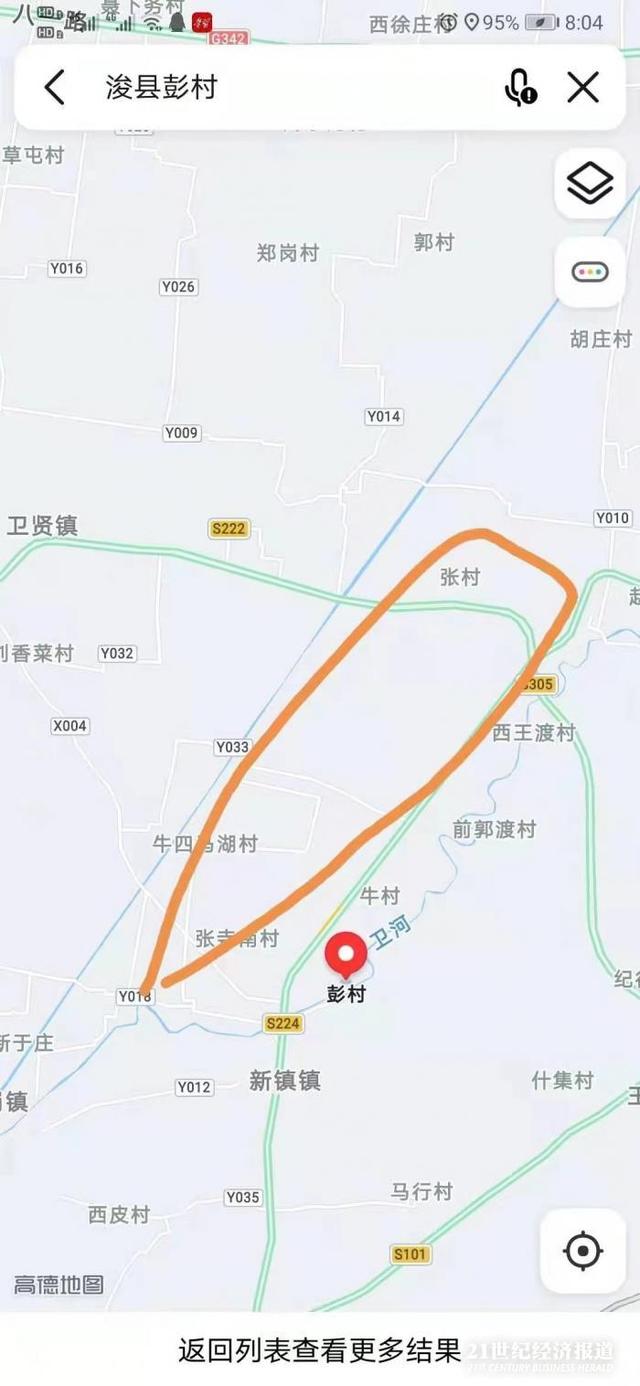з”ЁжҲ·еҚҸзЁӢеңЁдҪҝз”Ё http.Client еҸ‘йҖҒиҜ·жұӮж—¶пјҢдёҖи·ҜеҲ° http.Transport.roundTrip -> http.persistConn.roundTripпјҡ
pc.writech <- writeRequest{req, writeErrCh, continueCh} resc := make(chan responseAndError) pc.reqch <- requestAndChan{ req: req.Request, ch: resc, addedGzip: requestedGzip, continueCh: continueCh, callerGone: gone, }еңЁиҜҘеҮҪж•°дёӯпјҢе°Ҷ request е’ҢжҺҘ收иҜ·жұӮзҡ„ ch дј е…ҘеҲ° reqchпјҢжҠҠ writeRequest еҶҷе…ҘеҲ° writech гҖӮ
- writeloop д»Һ writech дёӯ收еҲ°дәҶеҶҷиҜ·жұӮпјҢдјҡжҠҠеҶ…е®№еҶҷе…ҘеҲ° conn дёҠпјҢиҝҷдёӘиҜ·жұӮд№ҹе°ұеҸ‘з»ҷ server з«ҜдәҶ
- readloop 收еҲ° requestAndChan з»“жһңпјҢдёҠйқў writeloop зӣёеҪ“дәҺе·Із»ҸжҠҠиҜ·жұӮж•°жҚ®еҸ‘йҖҒеҲ° server з«ҜпјҢreadloop иҝҷж—¶еҖҷеҸҜд»Ҙд»Һ conn дёҠиҜ»еҮә server еҸ‘еӣһзҡ„ response ж•°жҚ®пјҢжүҖд»Ҙ readloop дё»иҰҒеҒҡзҡ„е°ұжҳҜ ReadResponseпјҢ然еҗҺжҠҠ response зҡ„еҶ…е®№еҶҷе…ҘеҲ° requestAndChan.ch дёӯ гҖӮ
- дё»еҚҸзЁӢеҸӘиҰҒзӣ‘еҗ¬ requestAndChan.ch жқҘжҺҘ收зӣёеә”зҡ„ response еҚіеҸҜ(з”Ё select еҗҢж—¶зӣ‘еҗ¬ errгҖҒиҝһжҺҘе…ій—ӯзӯү chan) гҖӮ
for { testHookWaitResLoop() select { case err := <-writeErrCh: // еҫҖ server з«ҜеҶҷж•°жҚ®ејӮеёё if debugRoundTrip { req.logf("writeErrCh resv: %T/%#v", err, err) } if err != nil { pc.close(fmt.Errorf("write error: %v", err)) return nil, pc.mapRoundTripError(req, startBytesWritten, err) } if d := pc.t.ResponseHeaderTimeout; d > 0 { if debugRoundTrip { req.logf("starting timer for %v", d) } timer := time.NewTimer(d) defer timer.Stop() // prevent leaks respHeaderTimer = timer.C } case <-pc.closech: // иҝһжҺҘе…ій—ӯејӮеёё if debugRoundTrip { req.logf("closech recv: %T %#v", pc.closed, pc.closed) } return nil, pc.mapRoundTripError(req, startBytesWritten, pc.closed) case <-respHeaderTimer: // иҜ»иҜ·жұӮеӨҙи¶…ж—¶ if debugRoundTrip { req.logf("timeout waiting for response headers.") } pc.close(errTimeout) return nil, errTimeout case re := <-resc: // жӯЈеёёең°д»Һ response зҡ„ channel йҮҢиҜ»еҲ°дәҶе“Қеә”ж•°жҚ® if (re.res == nil) == (re.err == nil) { panic(fmt.Sprintf("internal error: exactly one of res or err should be set; nil=%v", re.res == nil)) } if debugRoundTrip { req.logf("resc recv: %p, %T/%#v", re.res, re.err, re.err) } if re.err != nil { return nil, pc.mapRoundTripError(req, startBytesWritten, re.err) } return re.res, nil case <-cancelChan: // з”ЁжҲ·дҫ§йҖҡиҝҮ context еҸ–ж¶ҲдәҶжөҒзЁӢ pc.t.CancelRequest(req.Request) cancelChan = nil case <-ctxDoneChan: // иҝҷдёӘеә”иҜҘж„ҸжҖқе·®дёҚеӨҡ pc.t.cancelRequest(req.Request, req.Context().Err()) cancelChan = nil ctxDoneChan = nil } }http2https://tools.ietf.org/html/rfc7540 https://github.com/bagder/http2-explained
ж–Үз« жҸ’еӣҫ
4
http2 еҚҸи®®йҖҡиҝҮ frame дёӯзҡ„ stream id еҜ№иҜ·жұӮе’Ңе“Қеә”иҝӣиЎҢе…іиҒ” гҖӮ
http2 еҸҜд»ҘдёҚзӯүеҫ…дёҠдёҖдёӘиҜ·жұӮе“Қеә”еҗҺеҶҚеҸ‘дёӢдёҖдёӘиҜ·жұӮпјҢеӣ жӯӨеҗҢдёҖдёӘиҝһжҺҘдёҠеҸҜд»Ҙе®һзҺ° multiplexing гҖӮж ҮеҮҶеә“дёӯеҜ№дәҺ http2 иҝһжҺҘзҡ„еӨ„зҗҶеӨҚз”ЁдәҶ http1 зҡ„иҝһжҺҘжұ йҖ»иҫ‘пјҢеҸӘдёҚиҝҮд»ҺиҝһжҺҘжұ дёӯеҸ–иҝһжҺҘж—¶пјҢ并没жңүзңҹзҡ„д»ҺиҝһжҺҘжұ йҮҢжҠҠиҝҷдёӘиҝһжҺҘжӢҝиө° гҖӮиҺ·еҸ–еҲ°зҡ„иҝһжҺҘдҫқ然дҝқз•ҷеңЁ connpool дёӯ гҖӮ
жҺЁиҚҗйҳ…иҜ»
- еҝ«е……|зӯүдёҚеҸҠеҸ‘еёғдјҡпјҒrealme Q5iжҠўе…ҲејҖе”®пјҡеӨ©зҺ‘810+5000mAhз”өжұ
- CиҜӯиЁҖзҡ„mainеҮҪж•°зҡ„дёүдёӘиҰҒзӮ№
- CиҜӯиЁҖзҡ„зј–иҜ‘жңәеҲ¶пјҡеҲҶеҲ¶еҺҹеҲҷдёҺдёүз§Қж–Ү件
- еҫ®иҪҜжүҝи®ӨWindows 10ж–°BUGпјҡй”ҷиҜҜжҳҫзӨәжІЎжңүзҪ‘з»ңиҝһжҺҘ
- MySQL 5.6--------SSLиҝһжҺҘжңҖдҪіе®һжҲҳ
- GO еҲҮзүҮе®һеҠӣиё©еқ‘
- ж— зәҝжҠ•еұҸеҷЁжҖҺд№ҲиҝһжҺҘз”өи§Ҷе’ҢжүӢжңә?з”ЁжүӢжңәжҖҺд№Ҳж— зәҝжҠ•еұҸеҲ°жҠ•еҪұд»ӘдёҠ?
- жҲ‘з”Ё GoиҜӯиЁҖ з”ҹжҲҗзҡ„йҡҸжңәж•°дёәд»Җд№ҲдёҚйҡҸжңәпјҹйҡҸжңәж•°жҳҜжҖҺж ·дә§з”ҹзҡ„
- д»Җд№ҲжҳҜRPC?RPCжңүд»Җд№Ҳз”ЁпјҹдёҺиҜӯиЁҖжңүе…іеҗ—пјҹ
- еҚҺдёәb2жүӢзҺҜдёҺеҚҺдёәжүӢжңәзҡ„иҝһжҺҘж–№жі•
















